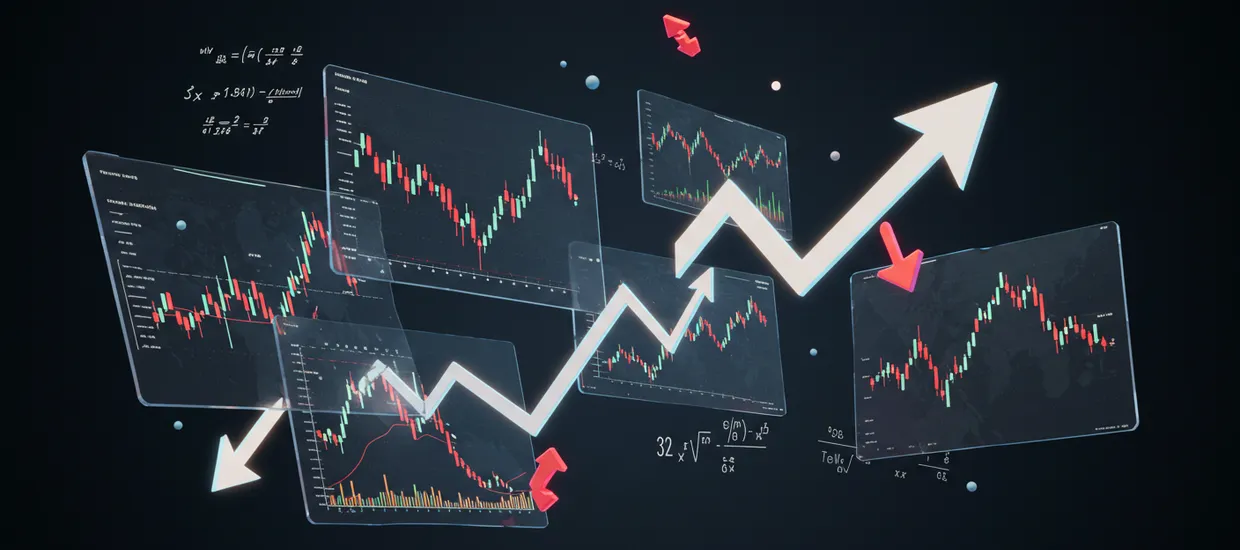- Risk management protocols
- Market analysis techniques
- Position sizing strategies
- Stop-loss implementation
Leverage Meaning Trading Fundamentals and Implementation

Discover how leverage meaning trading transforms market participation, enabling traders to amplify their position sizes while managing risks effectively. This comprehensive analysis explores real success stories, proven strategies, and practical insights for both newcomers and experienced traders.
Leverage meaning trading represents a fundamental concept that allows traders to control larger positions with a smaller capital investment. When experts define leverage in trading, they emphasize its role as a tool that can multiply both potential returns and risks in the financial markets.
| Leverage Ratio | Required Margin | Position Size |
|---|---|---|
| 1:10 | $1,000 | $10,000 |
| 1:50 | $1,000 | $50,000 |
| 1:100 | $1,000 | $100,000 |
A notable example comes from a mid-sized investment firm that implemented leverage meaning trading strategies to optimize their portfolio performance. Using Pocket Option's advanced trading platform, they achieved a 45% increase in their annual returns.
| Strategy Type | Initial Capital | Return Rate | Time Frame |
|---|---|---|---|
| Conservative | $10,000 | 25% | 12 months |
| Moderate | $25,000 | 45% | 12 months |
| Dynamic | $50,000 | 65% | 12 months |
- Maximum position size limits
- Diversification strategies
- Regular portfolio rebalancing
- Risk-reward ratio assessment
| Risk Level | Maximum Leverage | Stop Loss Range |
|---|---|---|
| Low | 1:10 | 5-10% |
| Medium | 1:50 | 10-15% |
| High | 1:100 | 15-20% |
Understanding trading leverage meaning requires comprehensive technical analysis skills. Successful traders define leverage in trading through careful market assessment and strategic position management.
| Analysis Type | Key Indicators | Success Rate |
|---|---|---|
| Technical | Moving Averages, RSI | 65% |
| Fundamental | Economic Indicators | 70% |
| Sentiment | Market Psychology | 55% |
- Systematic risk assessment
- Market condition analysis
- Position sizing optimization
- Regular strategy review
The implementation of leverage meaning trading strategies has demonstrated significant potential for portfolio enhancement when managed properly. Success stories from various market participants highlight the importance of disciplined approach, risk management, and continuous learning in achieving sustainable trading results.
FAQ
What is the optimal leverage ratio for beginners?
For beginners, it's recommended to start with lower leverage ratios (1:10 to 1:20) to minimize risk while learning market dynamics.
How can I calculate potential losses when using leverage?
Multiply your position size by the percentage change in price, considering your leverage ratio. For example, with 1:10 leverage, a 1% price movement results in a 10% change in your position value.
What role does margin play in leverage trading?
Margin acts as collateral for leveraged positions, determining the maximum position size you can maintain based on your account equity.
How often should I review my leverage strategy?
Review your leverage strategy monthly or when market conditions significantly change to ensure risk levels remain appropriate.
What technical indicators work best with leveraged trading?
Moving averages, RSI, and MACD are effective for leveraged trading as they help identify trends and potential reversal points.